Black drum
Black Drum
Florida Regulations Gulf and Atlantic State Waters

Slot Limit: 14-24″ with one fish over 24″
Daily Bag Limit: 5 per harvester per day (can include one over 24″)
Season: Open year-round
Gear Requirements:
- Legal Gear: hook and line, cast net, seine, spear or gig
- Illegal Gear: Cannot harvest using any multiple hook in conjunction with live or dead natural bait; Snatching prohibited
Appearance
- Back is highly-arched and gray or black, fading to a lighter belly
- Juveniles have 4 to 6 dark vertical bars on sides (fade with age)
- Barbels on lower jaw
- Large scales
- Powerful pharyngeal teeth used to crush oysters and other shellfish
Similar Species: Red drum, S. ocellatus; and sheepshead, A. probatocephalus (both lack barbels on lower jaw)
Size: Up to 67 inches
Habitat
Inshore fish common to bays, river mouths and lagoons. Bottom dwellers, often found around oyster beds, docks and bridge pilings. May also be found offshore. Juveniles found in estuaries.
Behavior
Largest of drum species. Spawns nearshore in winter and early spring. Feeds on fishes and invertebrates including oysters, mussels, crabs and shrimp. May live to 35 or more years.
Additional Information
Fishing Tips and Facts: The vertical bars on juvenile black drum are somewhat similar to those on sheepshead and spadefish. Anglers typically use cut bait, shrimp, sand fleas or blue crabs as bait, and it is very important to keep the bait on the bottom where the drum feed. Tackle requirements are dependent on the size of fish being targeted, the location and current. Bait-casting or spinning tackle with 15 to 30 pound test line would be suitable for most conditions.
When targeting Black Drum in Florida, a recommended hook size is typically 4/0 to 7/0 depending on the size of the fish you are targeting. Using circle hooks is generally more effective and reduces the chances of gut-hooking the fish. Circle hooks are designed to hook the fish in the corner of the mouth, allowing for safer catch and release.
Special regulations apply for this species when fishing in Biscayne National Park.
Image Credit: Diane Rome Peebles
SOURCE: Black Drum
Share this content:
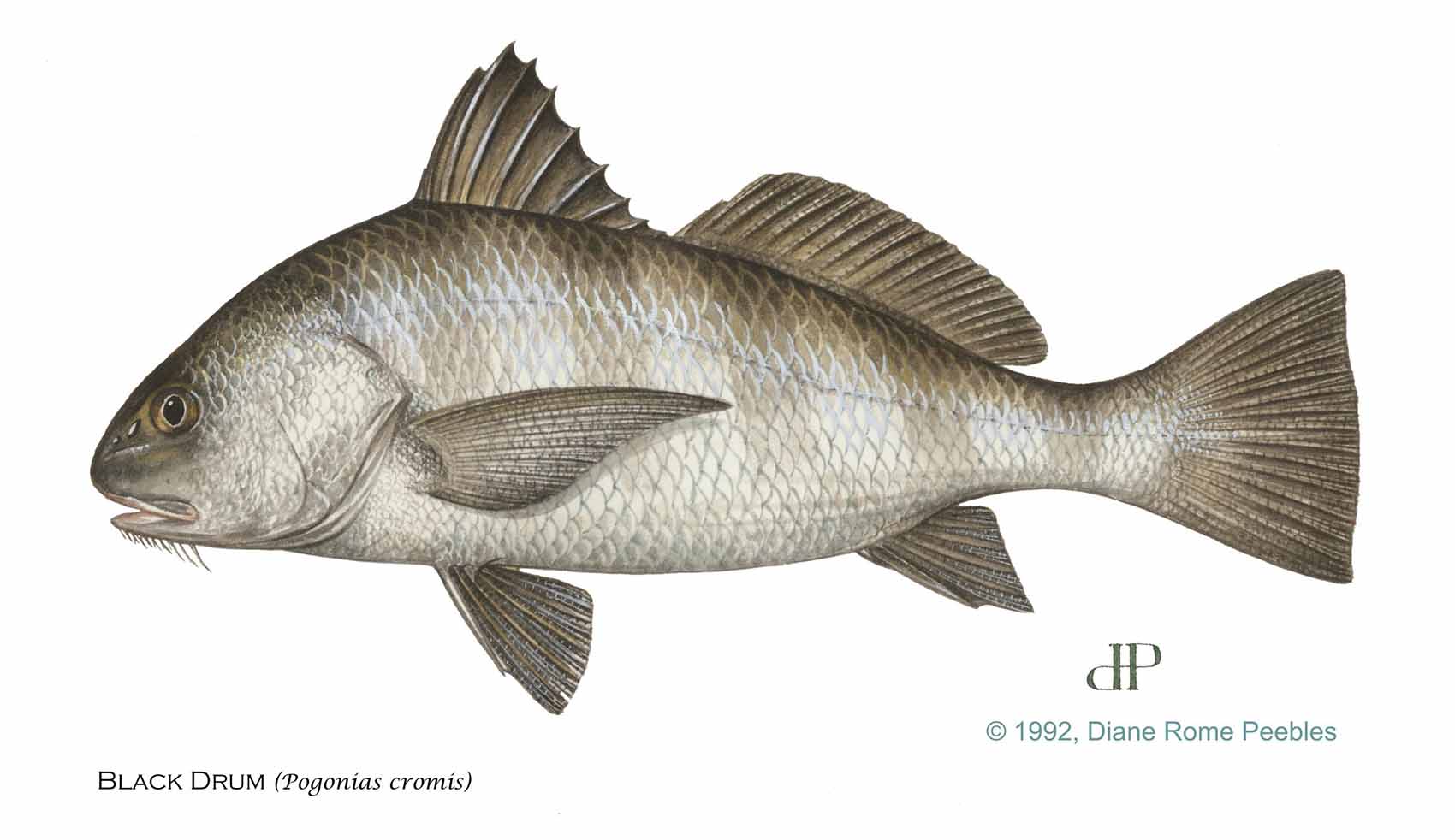
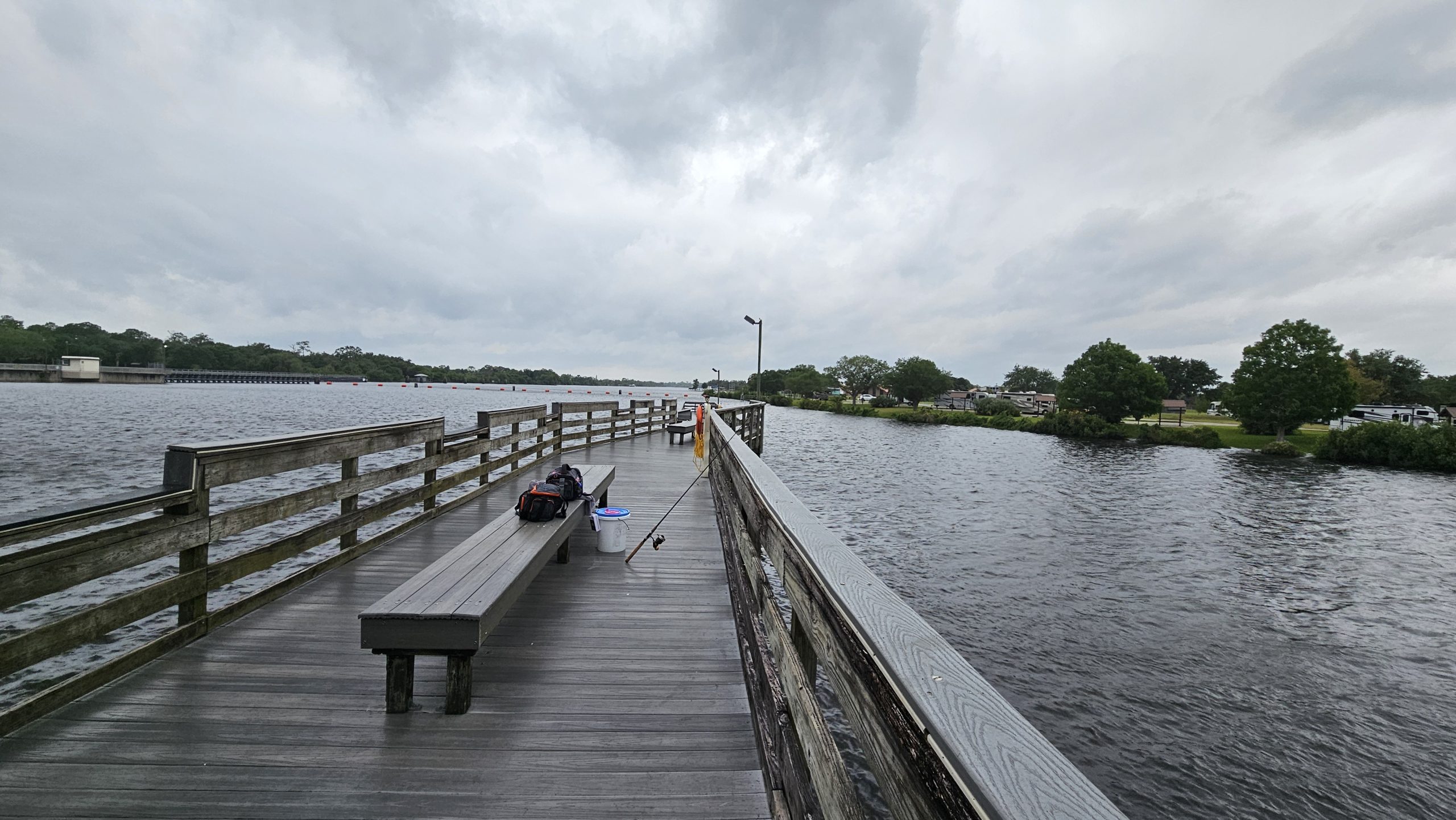
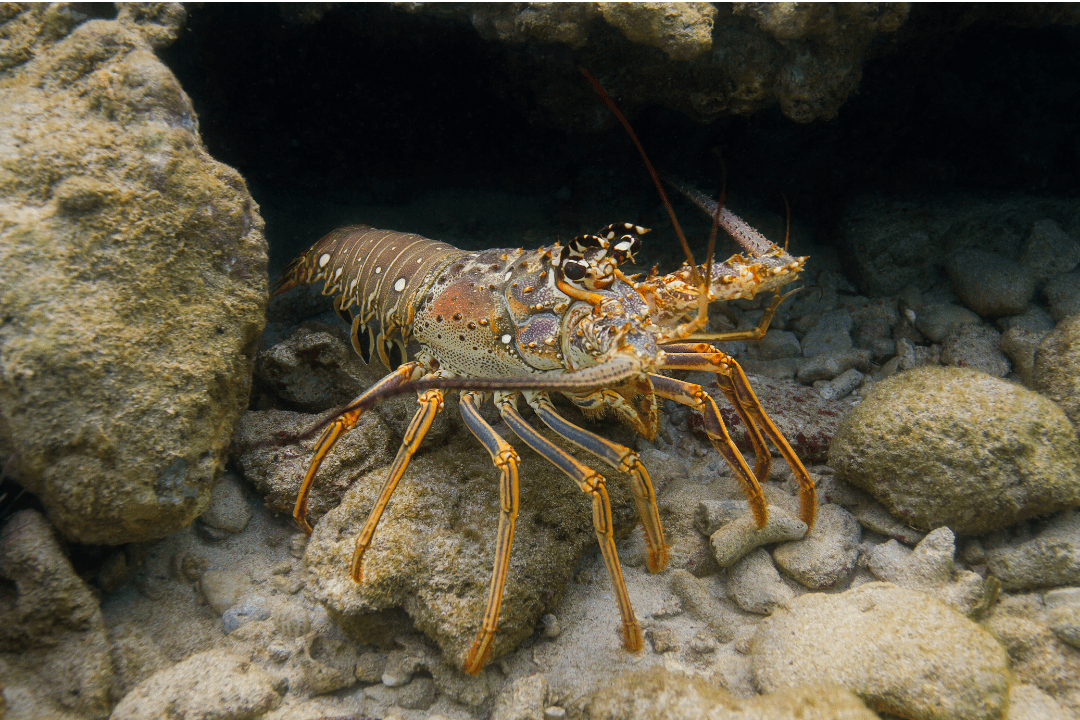


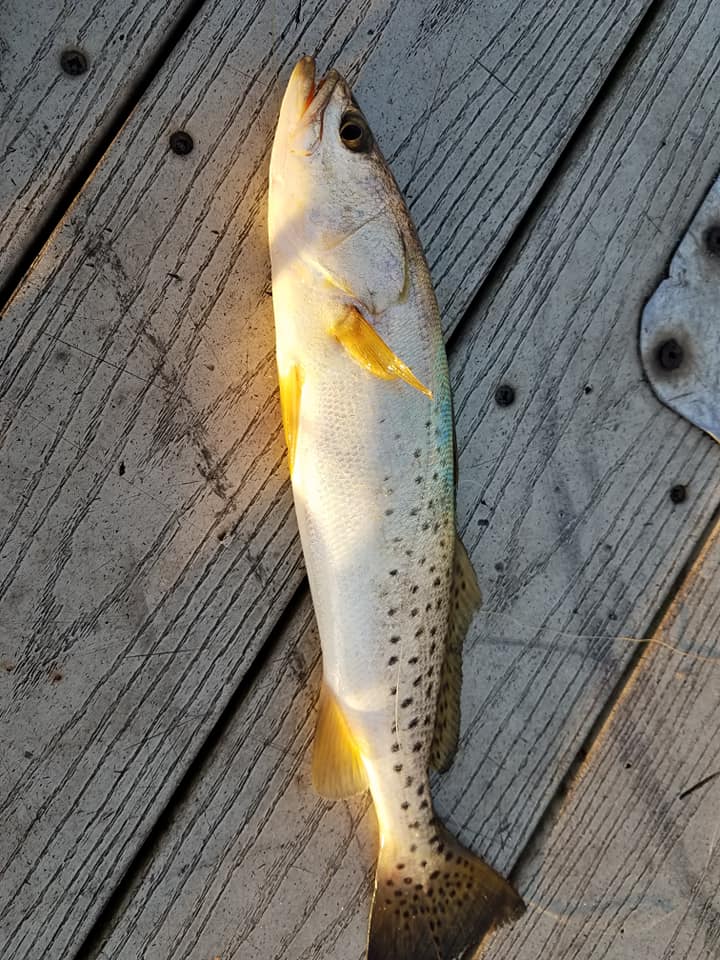
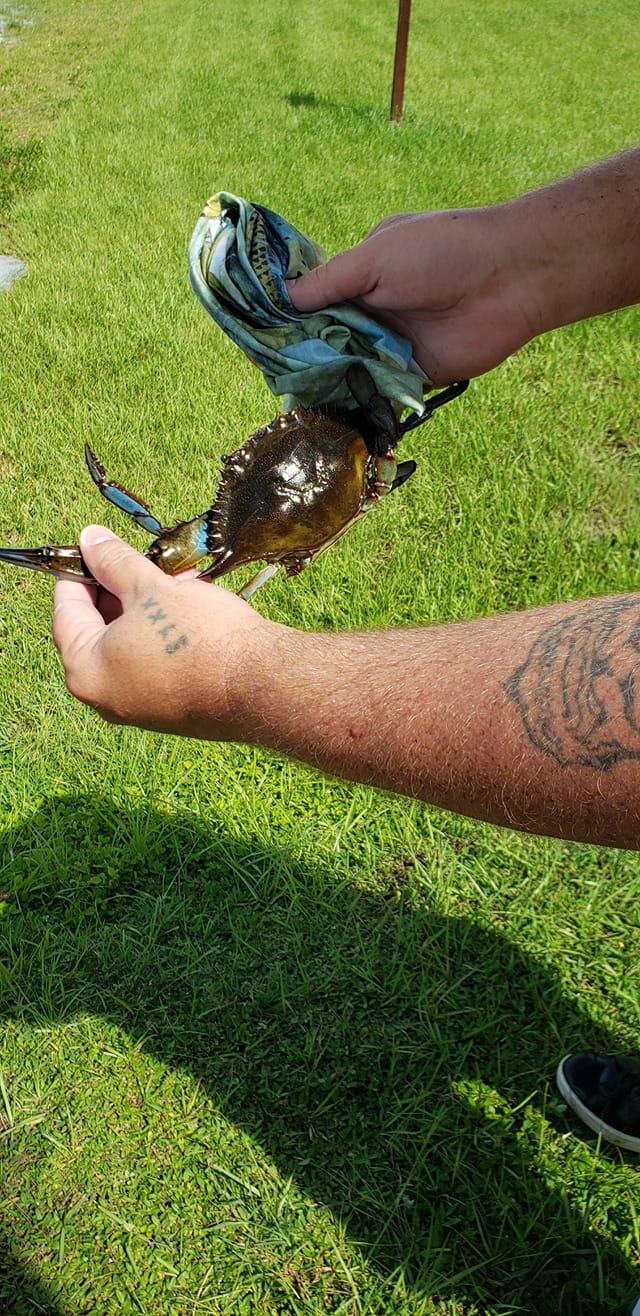
Post Comment
You must be logged in to post a comment.